With each job there is a period of research and referencing, getting acquainted with your subject matter. This is my favorite stage of the jobs I do, learning about people, places, technologies, biology, astronomy, astrology, etc. This part of the job not only connects me with my subject matter, it’s my level up time, learning a weird, not so weird tidbit of history that could very well better connect me with what I am creating.
Experience makes subject matter more convincing, more believable, more involved, as we paint our knowledge, our history, our interactions with it into each brush stroke. Smelling the oil burning, hearing the metal scraping away, the feeling of the spinning wheels can add life to the setting where otherwise I would just paint it to finish it if I didn’t know any better.
Design or background elements can be treated theatrically, aesthetically, purely for the visuals and sometimes just naively chosen because it is close to what the subject matter calls for. I choose the more involved direction by thoroughly studying the subject and committing it to memory.
I went to the Steam Engine Museum in Vista California to research and reference some material for a series of images that require an old, steam an old dilapidated building with old generators in it that need to be started. Not only does the museum have more than enough steam engines, it also has an awesome blacksmithing barn with several work stations that look like a scene right out of Peaky Blinders or Godless. The museum offered more reference than I had time to study.

Time quickly flew by and I could not draw fast enough to make objective decisions with all my drawings. I do make it a point not to spend the entire time drawing, but spend most of it looking, interacting, using all my senses to take in the moment. Then I go back and make quick notes that will help me later with memorizing the subject.
I learned that this, the Enterprise DSW-6 gas generator was one of 3 used as a primary then later as a standby generator for Palomar Mountain Observatory, and during its lifespan there between 1938 – 1996 and was used for a total of 4800 working hours making this thing practically brand new. And it is the only one left in existence.
The museum runs it every now and again, at their events, and whenever someone like me comes along and asks if someone would demonstrate it working. It has a mesmerizing chugging sound to it and the ground vibrates a little from the spin of the flywheel.
I take a studio’s worth of materials with me when I go on these excursions, so I have plenty to work with and all options are available to work with. I drew my sketches with open line drawings to leave room for color to design the volume. I also drew several maps, and detail sketches working on various paper types that would hold up to the markers, paint, graphite, and pens I was using.
Knowing that I had specific goals to achieve, I kept the sketches simple and shape driven to memorize their graphic relationships and proportions to each other. From there I made a few drawings from several different angles, starting only with the base shapes, ignoring the smaller shapes that would only confuse the overall structure.
When you head out to sketch, give yourself a goal. If it is to study something you plan on using in an illustration, I have made a checklist below with many options and goals to search for. Isolating each item pulls focus into your observations and helps solve problems quicker than just loosely sketching because it is necessary.
Here is a check list for when you are out on the field:
- The scale and the volume
- The sound(s) and their intensity/loudness compare if you can to other sounds
- Smells and odors
- Animation(s) of item
- Time of day you experienced it and whether there is a “best” time of day for it
- Texture(s) feel them if you can
- Color palette
- Container Forms for construction
- Patterns for detailing
- Labels and Decals – extra details we otherwise miss
- Weight
- Materials – Construction and Make up
- Interact with it if you are allowed
- Recall the steps in operating it and how tough were they?
- Feeling/Vibration/Shaking/Physical interaction
- Unique and Distinct Attributes, Sounds, etc.
- Take photos and more importantly take video footage. You can frame grab from it much easier than you can remember something in motion in your only still images shot from the experience
Get involved with your subject matter. Use all your senses or as many as you can in your interactions and remember your experiences. This careful observation and memorization, the experience and the involvement, is the key to more options and more creative options in your designs and drawings.



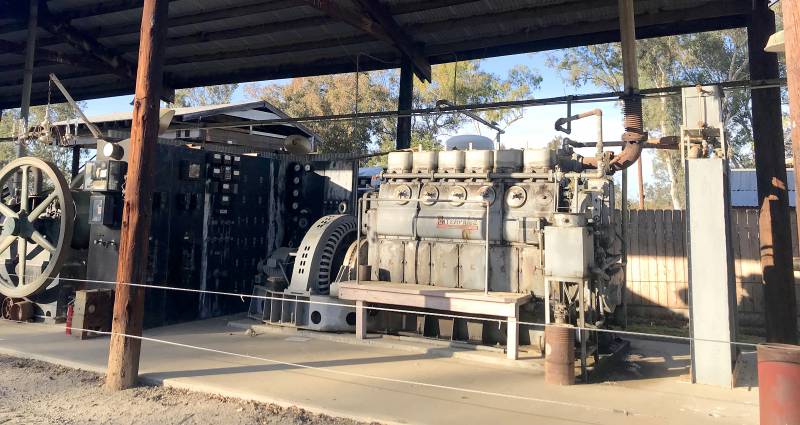
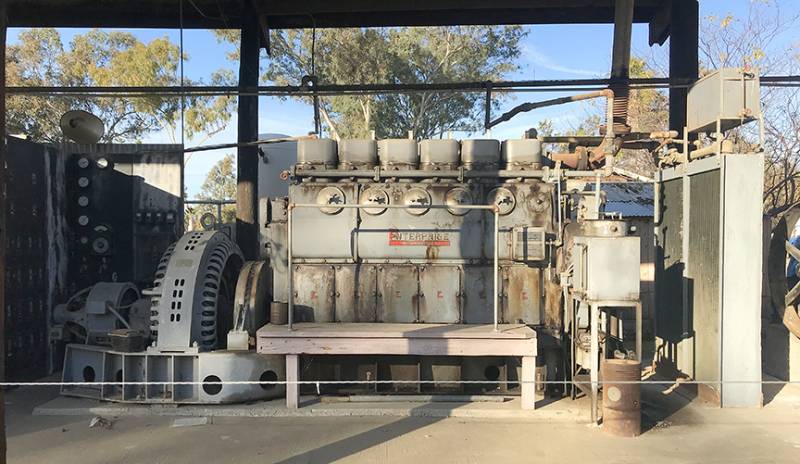
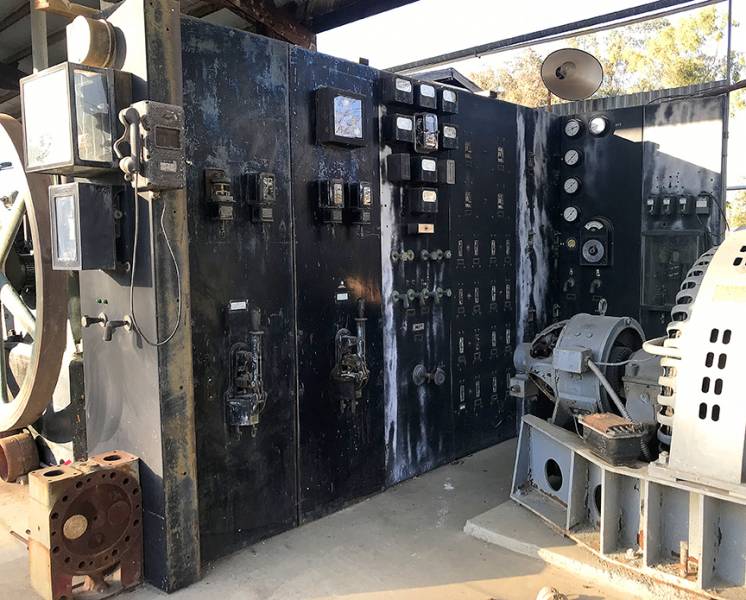
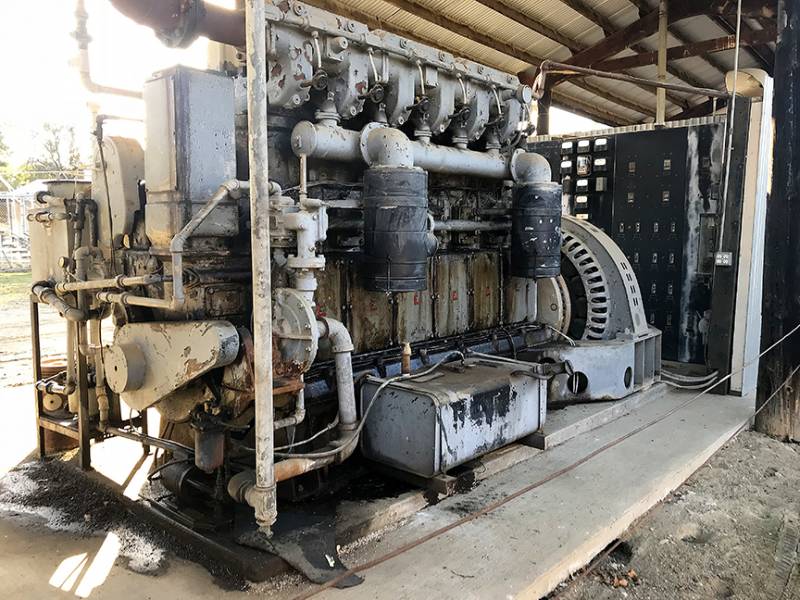
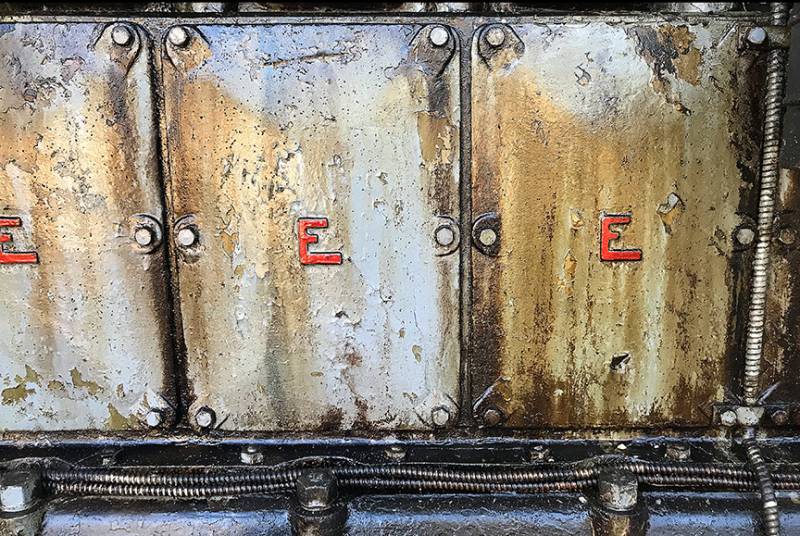
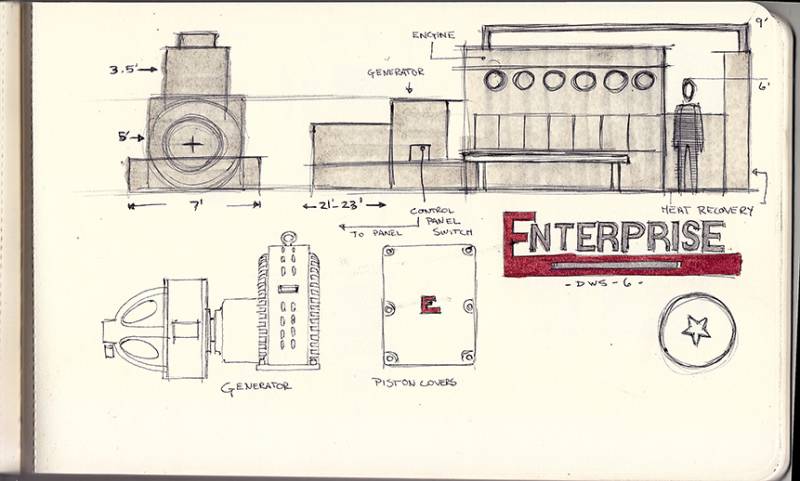
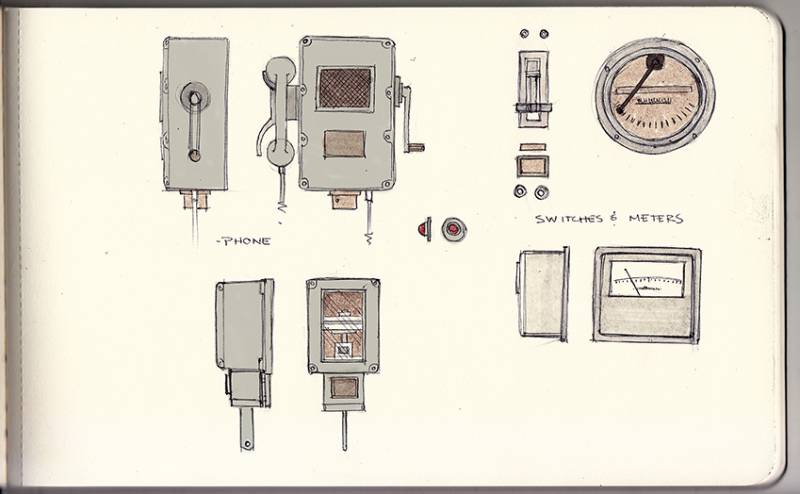
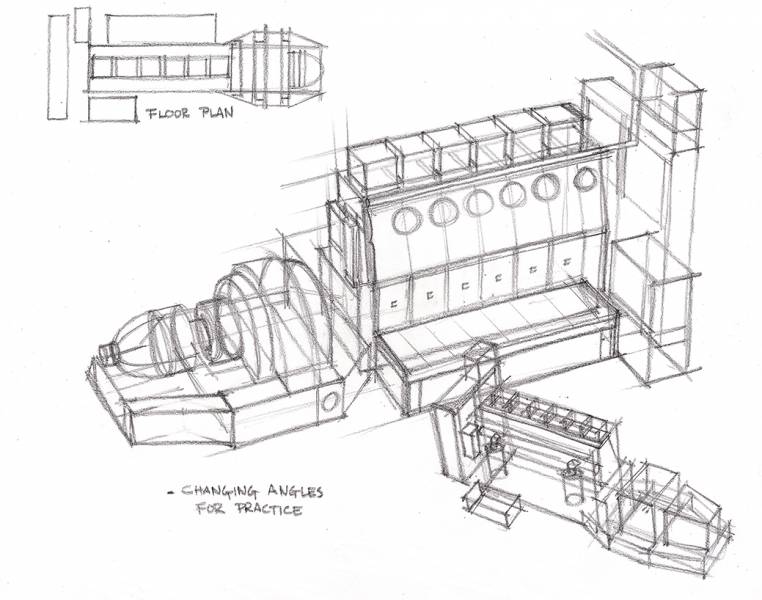
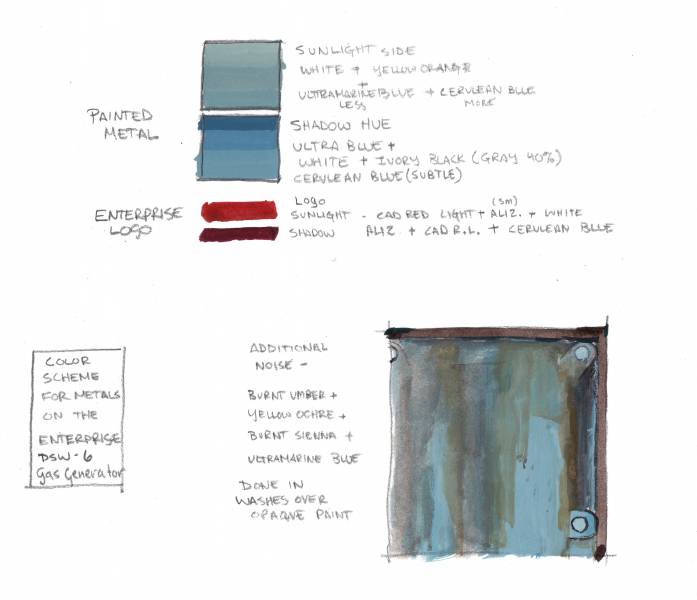
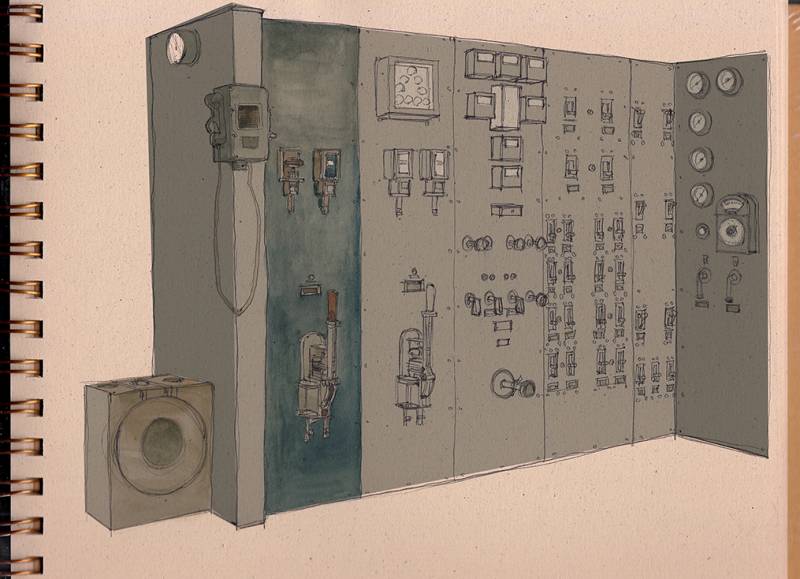
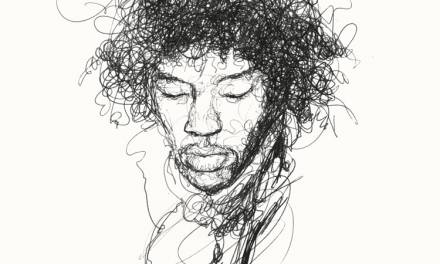
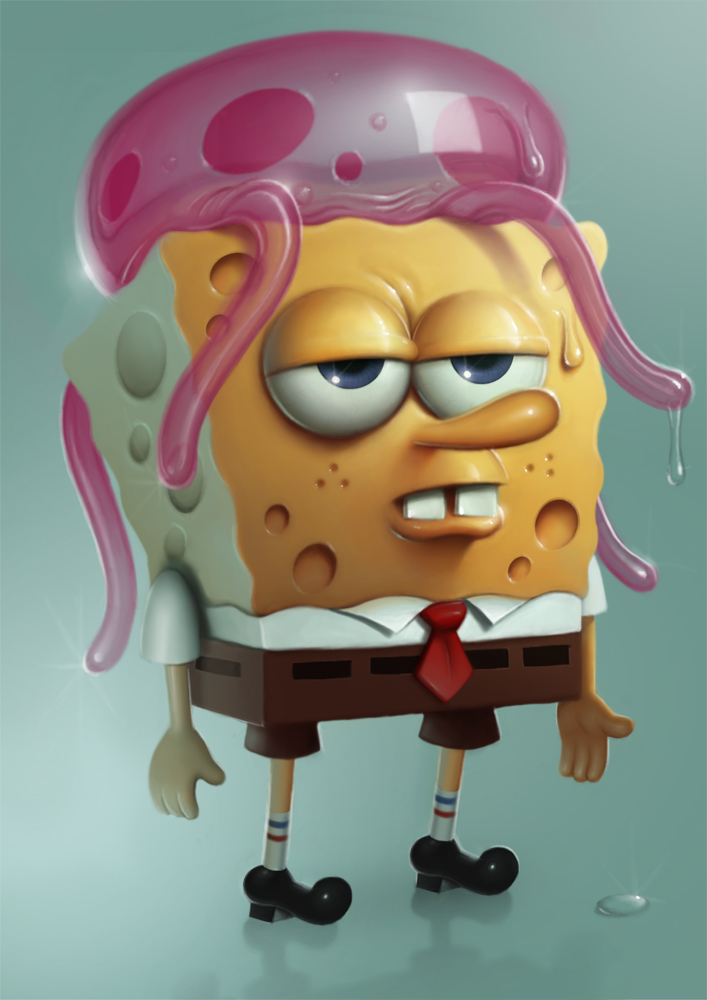
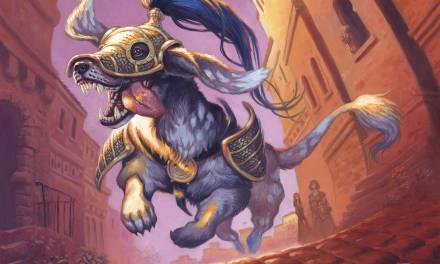

Great post Ron! It’s encouraging to see such a positive outlook to getting outside your comfort zone.
What an awesome article. This goes to show that you can learn to draw anything under the sun no matter how complex it is, if you spend time doing research. Very inspiring.